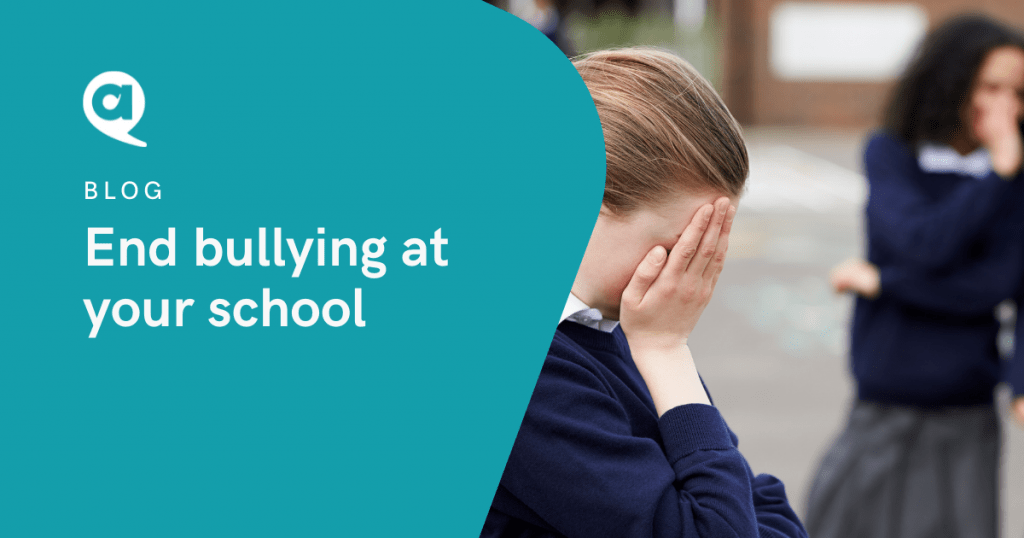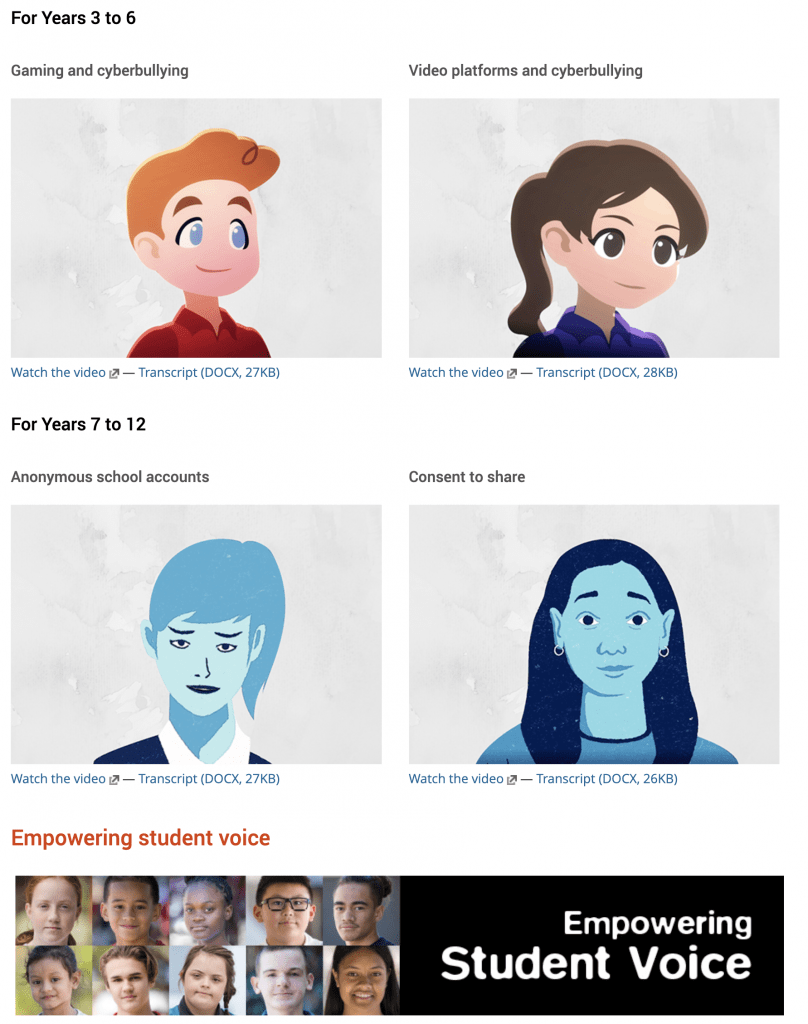
17 March 2022
Janice Atkin
ACHPER NSW
Professional Learning Officer
Bullying remains a complex and critical issue within schools, with 1 in 4 students reporting that they’ve been bullied on a regular basis.
Why do students bully others?
Research suggests that students who bully often get enjoyment or satisfaction from getting their own way. They may be lacking attention, power, love and competence, and by bullying they try to obtain these missing parts in their lives.
Students may also bully because:
- They have seen bullying work for others.
- They want to be popular or get attention.
- They are unhappy and take it out on others
- They are afraid of being the one that is left out.
- They are copying another person they admire.
- They want to look strong and tough.
- They think it will help them get things they want.
- They are trying to make themselves feel better when they are feeling bad about themselves or jealous of someone else.
- They need to feel more powerful among their classmates.
- It seems like fun, or they are bored.
Source: Australian Covert Bullying Prevalence Study
Are there gender differences in bullying behaviour?
Types of bullying
- Boys are most likely to experience direct physical bullying.
- Girls are more often the victim of indirect non-physical forms of bullying, such as exclusion and having rumours spread about them.
- Direct verbal bullying, such as cruel teasing and name calling, is most common, with boys and girls experiencing this about equally.
Prevalence of bullying
- In general, girls are bullied about as often as boys.
- Boys report bullying others more often than girls.
Who bullies whom?
- Bullying is most often done by one boy or a group of boys.
- Girls are bullied by boys about as much as they are bullied by girls.
- Very few boys report being bullied by girls.
Does bullying happen more often in the playground or in the classroom?
Observation in schools has found that verbal and physical bullying occur in the classroom as frequently as in the playground. However, the type of bullying differs – direct bullying is more frequently observed in the playground setting where as indirect bullying is more prevalent in the classroom.
Source: Australian Covert Bullying Prevalence Study
Key considerations when tackling bullying behaviour
- It is important that bullying is seen as a behaviour, and not personalised in the form of someone being a ‘bully’. The message students receive should be that bullying is an unacceptable behaviour. It is easy to fall into the trap of focusing on ‘busting’ the bullies.
- Research demonstrates adopting a comprehensive whole school approach is the best way to prevent bullying behaviour and promote respectful relationships in your school. A whole-school approach not only focuses on relationships within school between students and teachers but also involves families and the wider school community as part of the approach to address bullying.
- Teachers have a crucial role to play when it comes to reducing bullying in schools and building capacity for a safe and friendly school culture.
- Students are key to reducing bullying because they usually know what is going on among the students and who is doing the bullying long before the adults do. Classroom learning and whole-school responses to bullying should build upon students’ pro-social desires for bullying to stop and their inclinations to help those who are bullied.
- Research shows that more than half of students who report being bullied once a week or more do not tell their teachers, and teachers report their intervention in bullying incidents to be more comprehensive than students do. These findings suggest that bullying is more likely to be witnessed by peers than adults.
- Students are also most likely to support an initiative to reduce bullying when they have been directly involved in determining the need for such a program. This includes developing bullying policies and providing feedback on school-wide or classroom strategies.
Identifying evidence-based programs that prevent bullying
A wide range of frameworks, strategies, resources and programs which aim to counter bullying are available to schools. Some of these have a strong theoretical basis, solid evidence and are designed for sustainable implementation in schools. Others lack any theory or evidence and do not align with the educational context.
An appropriate anti-bullying approach is one that matches your identified goals and needs and can be implemented in your school context on a sustainable basis.
STEPS is for Australian schools that want a robust, transparent and comprehensive process for selecting an evidence-based anti-bullying approach that is appropriate for their school.
Find out more information about the STEPS Framework on the Bullying No Way website.
New resources – Be Kind Online
The new animation series for the 2022 National Day of Action against Bullying and Violence, Be kind online, encourages young people to block content, report it, and support each other if they see or experience cyberbullying.
The series communicates to young people that it is important they know that they are not alone and help is always available.
Share these videos with your students and start a conversation to help identify, understand and respond to cyberbullying.
So on the National Day of Action Against Bullying and Violence this Friday 18 March what conversations will you start at your school to continue your work to create bullying-free schools?



